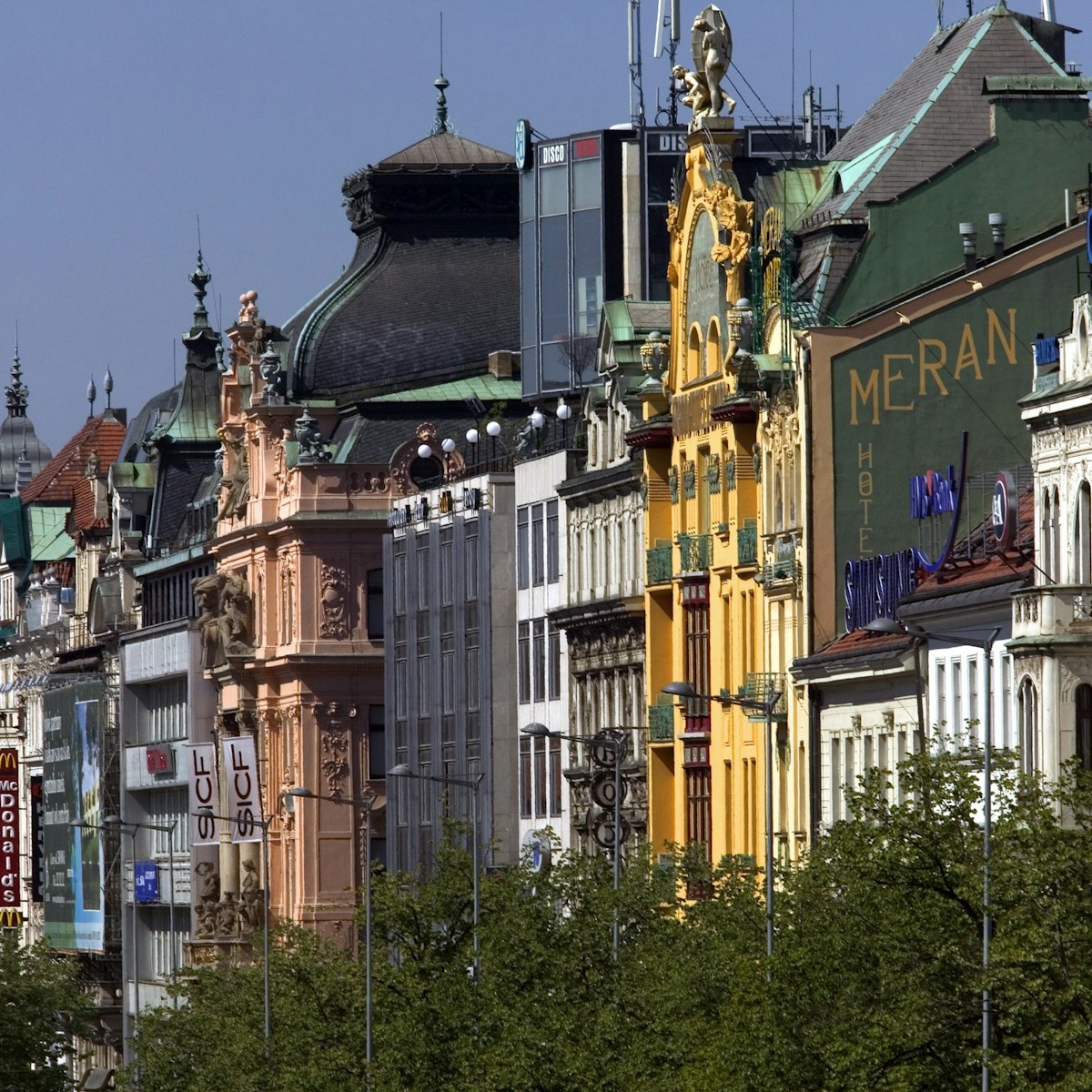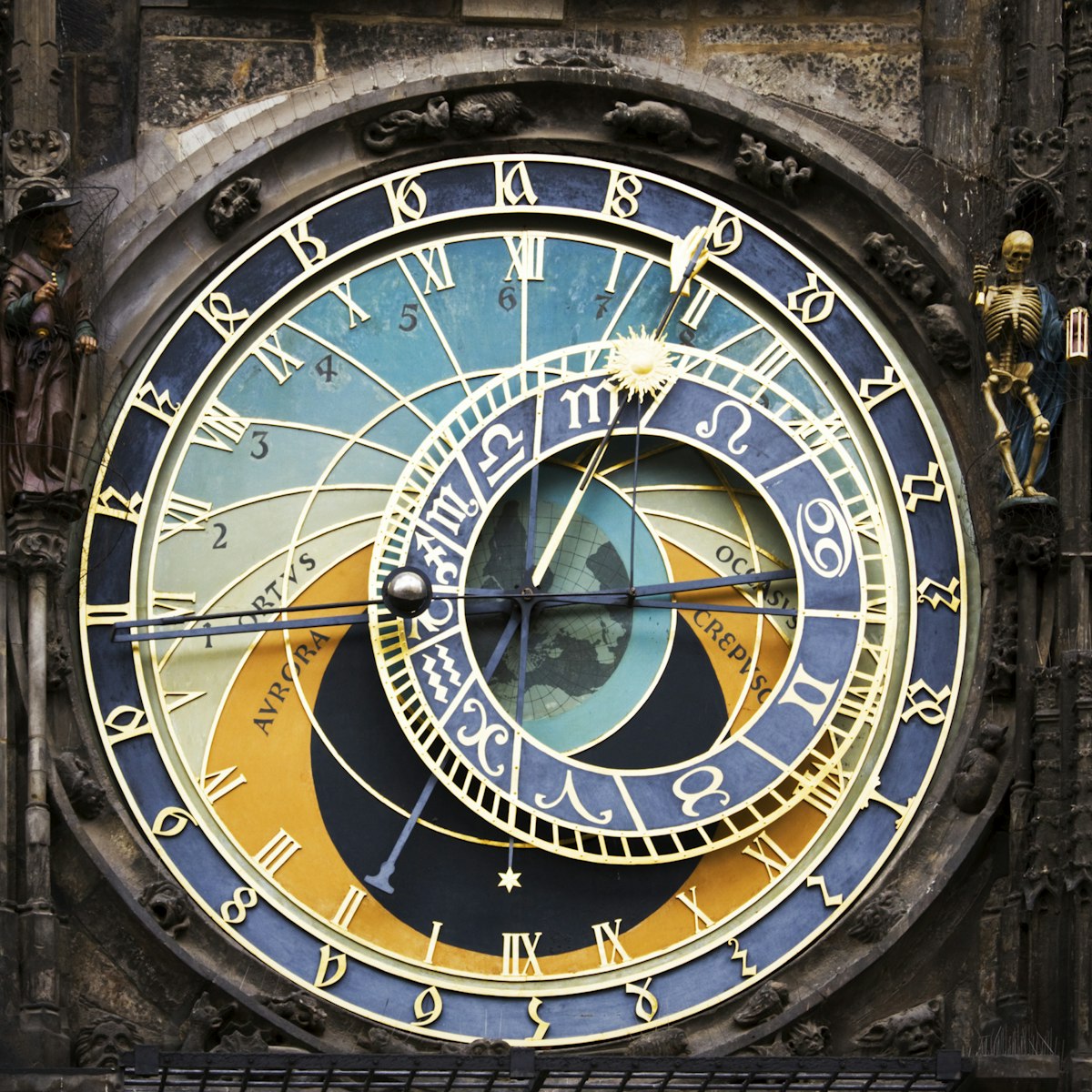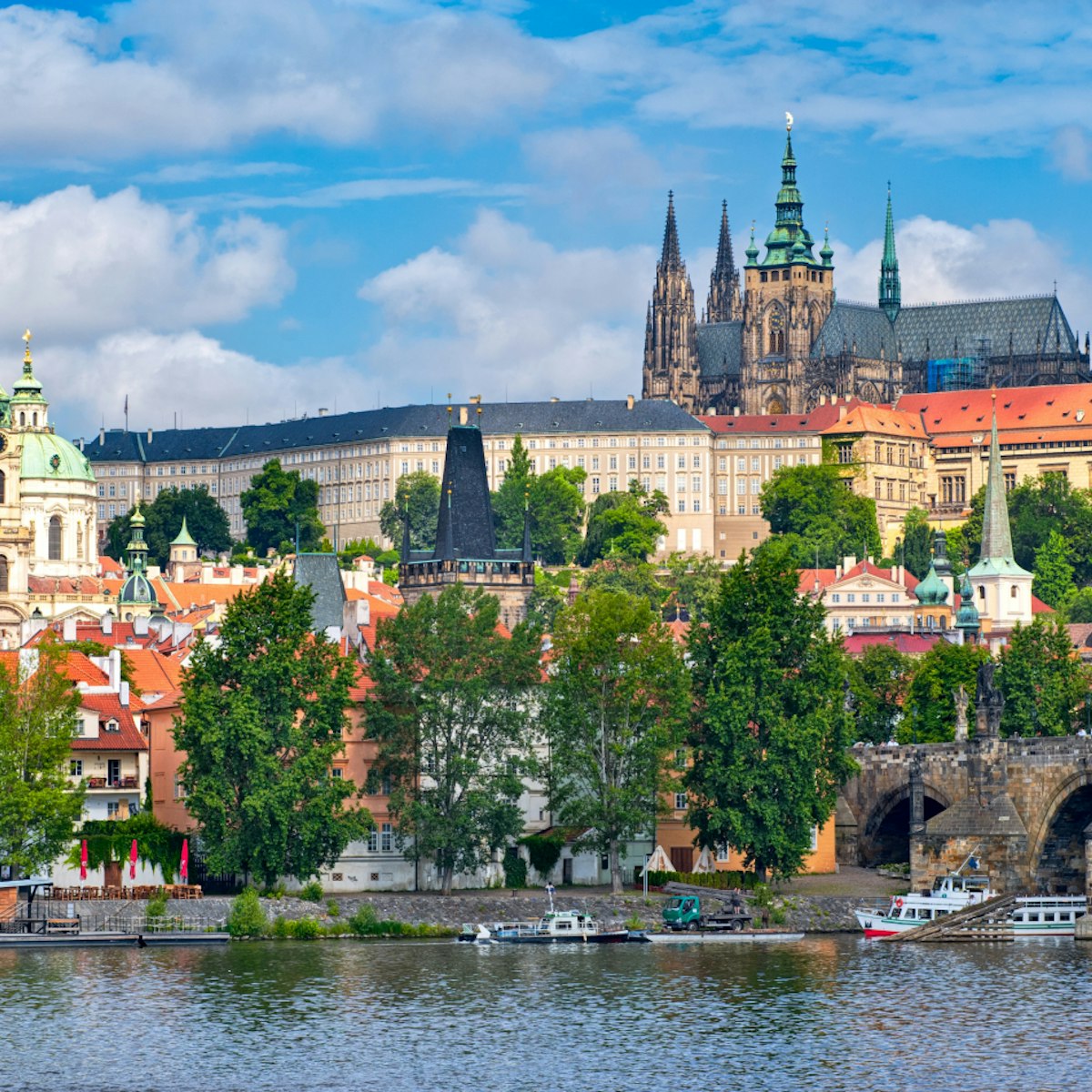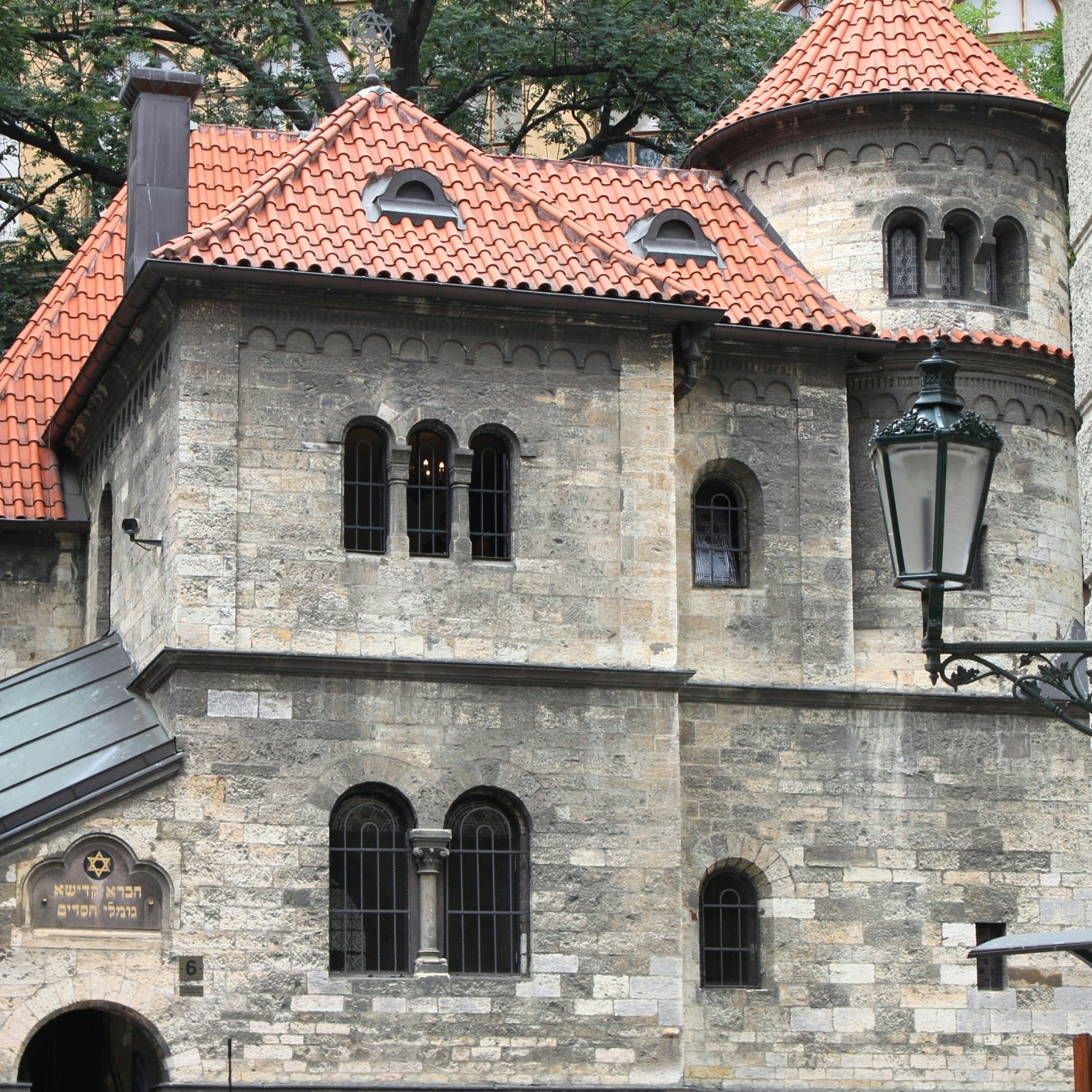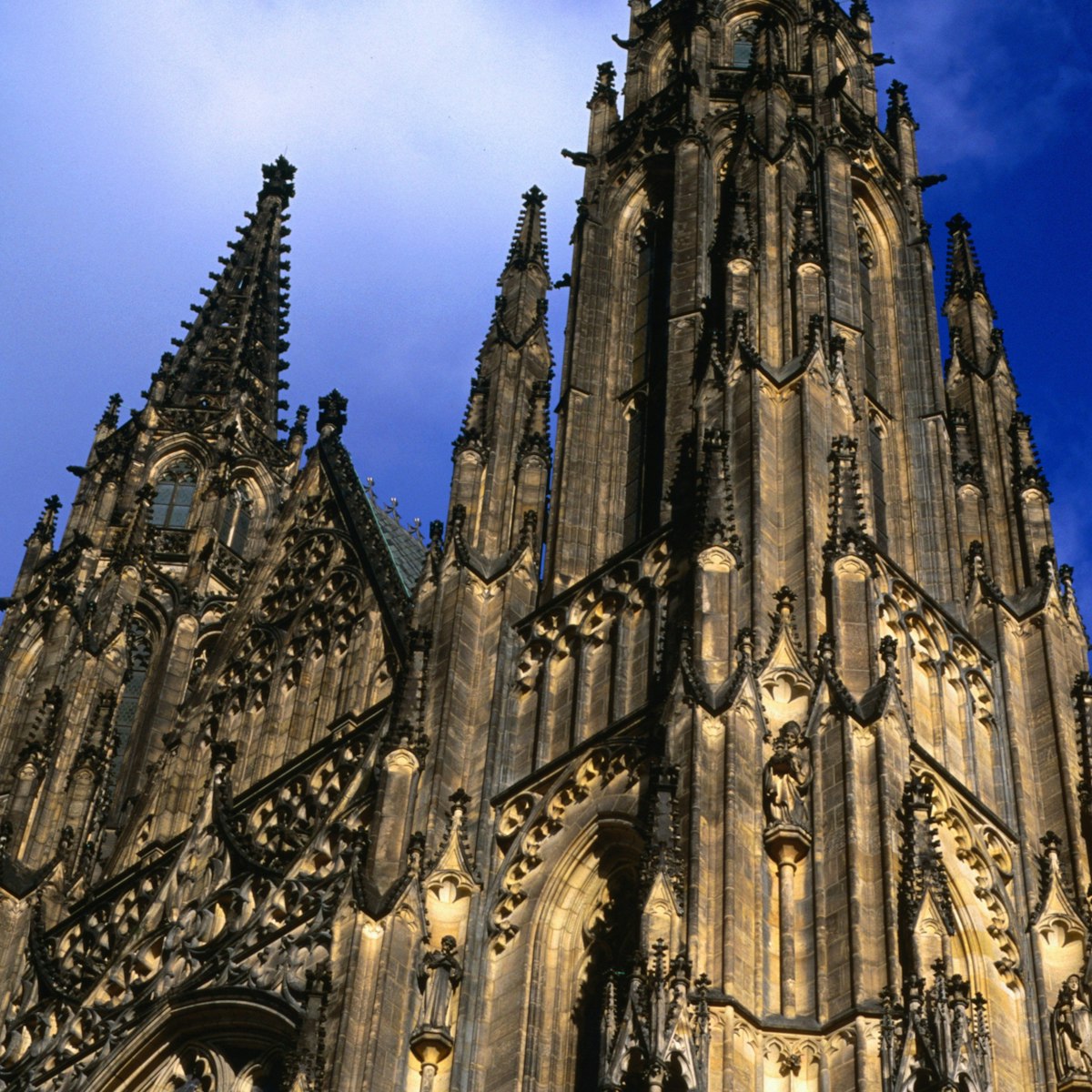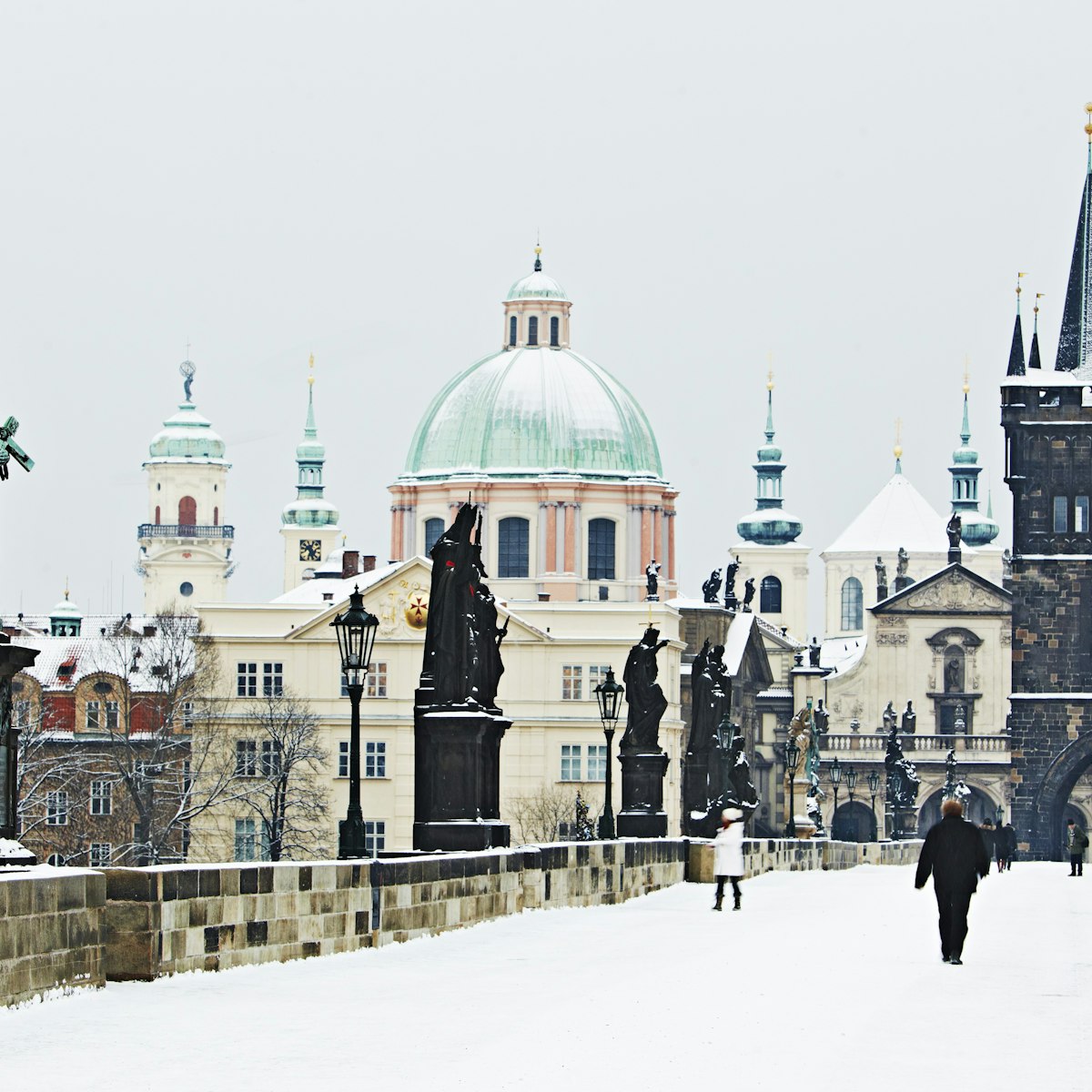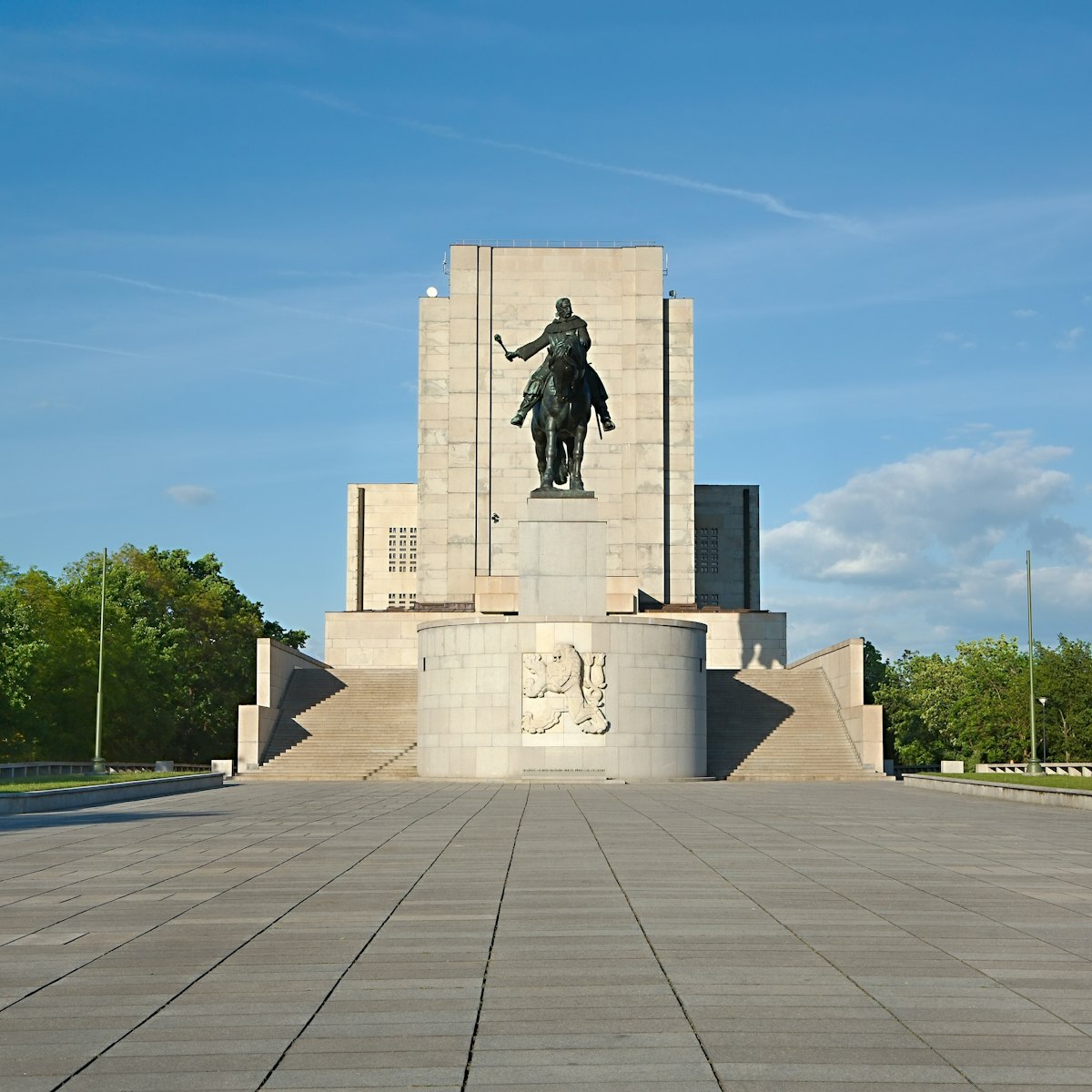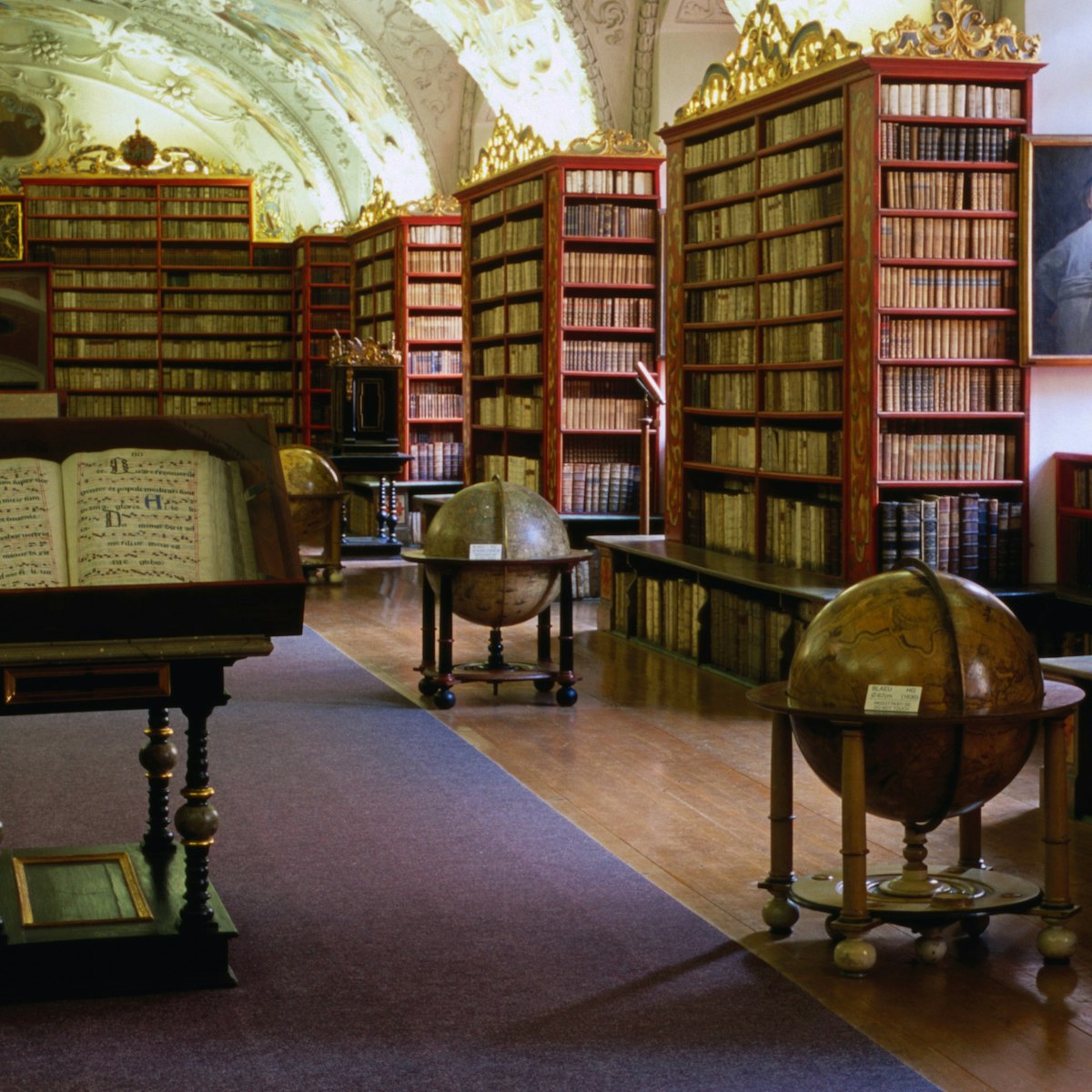
Strahov Library is the largest monastic library in the country, with two magnificent baroque halls dating from the 17th and 18th centuries. You can peek through the doors but, sadly, you can’t go into the halls themselves – it was found that fluctuations in humidity caused by visitors’ breath were endangering the frescoes. There's also a display of historical curiosities.
The stunning interior of the two-storey-high Philosophy Hall (Filozofický sál; 1780–97) was built to fit around the carved and gilded, floor-to-ceiling walnut shelving that was rescued from another monastery in South Bohemia (access to the upper gallery is via spiral staircases concealed in the corners). The feeling of height here is accentuated by a grandiose ceiling fresco, Mankind’s Quest for True Wisdom – the figure of Divine Providence is enthroned in the centre amid a burst of golden light, while around the edges are figures ranging from Adam and Eve to the Greek philosophers.
The lobby outside the hall contains an 18th-century Cabinet of Curiosities displaying the grotesquely shrivelled remains of sharks, skates, turtles and other sea creatures. These flayed and splayed corpses were prepared by sailors, who passed them off to credulous landlubbers as ‘sea monsters’. Lying on a table to the right of the entrance, along with a narwhal tusk, are two long, brown, leathery things – preserved whale penises.
Another case (beside the door to the corridor) contains historical items, including a miniature coffee service made for the Habsburg empress Marie Louise in 1813, which fits into four false books. Opposite it is the Xyloteka (1825), a set of book-like boxes, each one bound in the wood and bark of the tree it describes, with samples of leaves, roots, flowers and fruits inside. As you enter the corridor, look to the left to find a facsimile of the library’s most prized possession, the Strahov Evangeliary, a 9th-century codex in a gem-studded, 12th-century binding.
The corridor leads to the older but even more beautiful Theology Hall (Teologiský sál; 1679). The low, curved ceiling is thickly encrusted in ornate baroque stucco work, and decorated with painted cartouches depicting the theme of ‘True Wisdom’, which was acquired, of course, through piety – one of the mottoes that adorns the ceiling is initio sapientiae timor domini (the beginning of wisdom is the fear of God).
 Publish for free
Publish for free

 zzdtravel
zzdtravel

